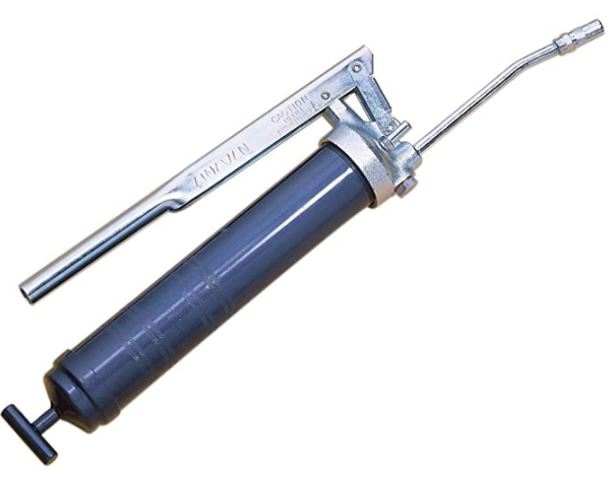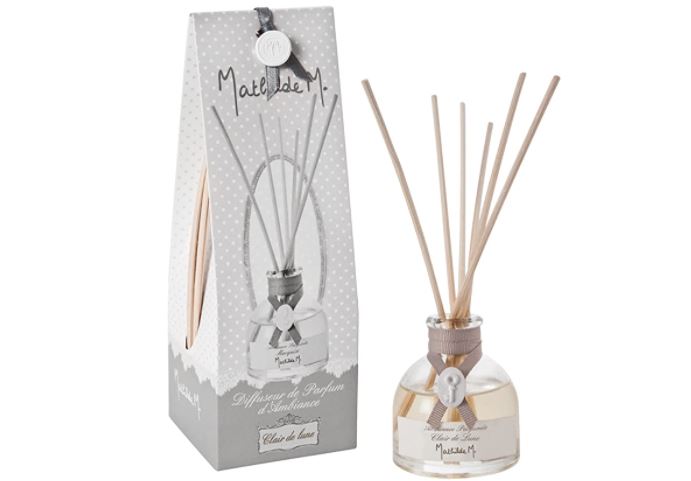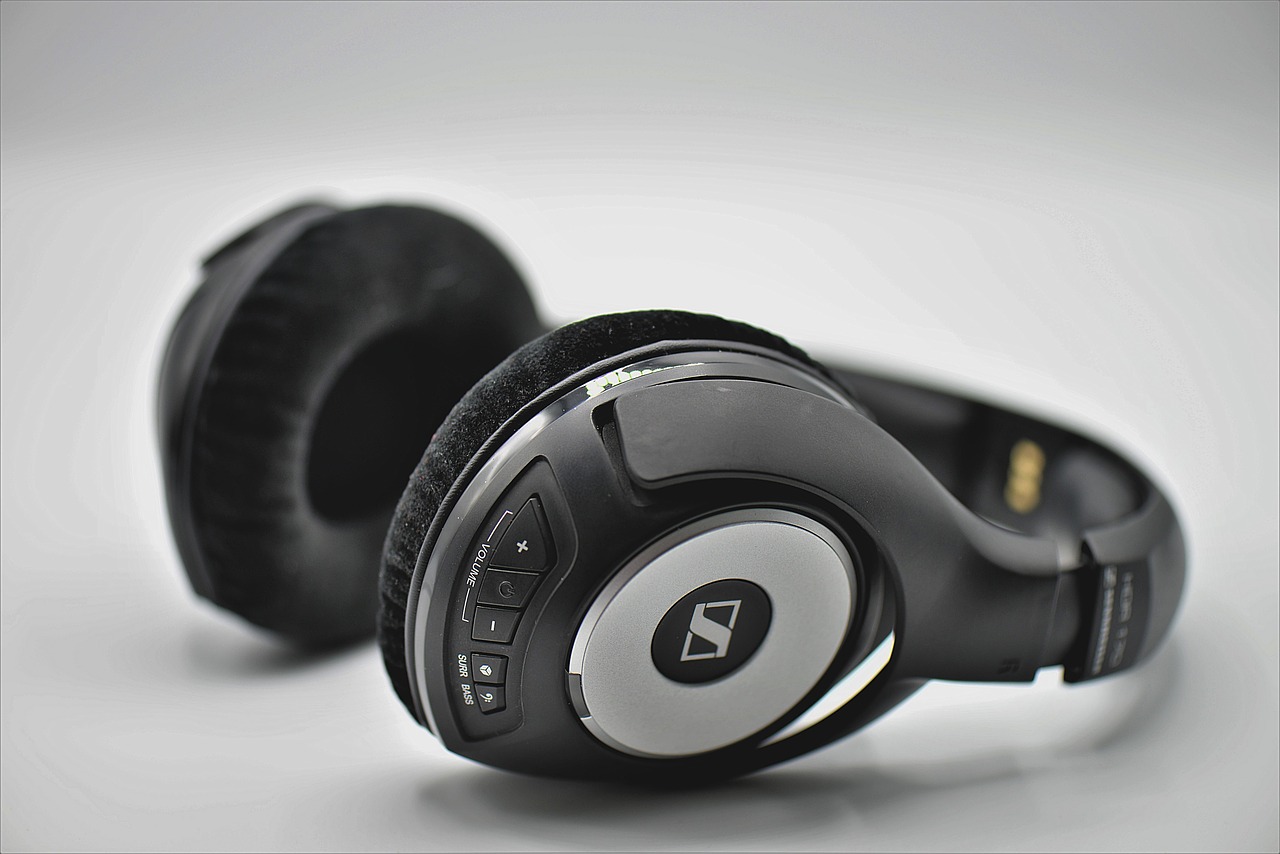Audio-Technica ATH-S700BT Headphones Bluetooth wireless headphones with mic and controls for Android™, iPhone® (5/5s/ and iPod touch® (4th Gen). 40 mm dynamic drivers for powerful sound and efficient signal transfer. High-quality, built-in headphone amplifier for added audio clarity.
The acoustic chamber that’s separate from the electronics to maximize driver performance. Lithium polymer rechargeable battery that provides six hours of continuous use. USB charging cable included.


Buying Guide for Headphones
Connectivity Technology Today’s smartphones, tablets, and laptops are loaded with advanced connectivity technology that allows us to stay connected all day long without having to worry about running out of power or recharging our devices. However, sometimes it can be a bit of a hassle to manage all of these different connections.
If you’re looking to buy a set of headphones that will work with your phone, tablet, laptop, and other devices, you need to know what kind of connectivity they offer. Here’s a quick breakdown of the four most popular connectivity options in headphones today. Bluetooth Bluetooth is one of the most common connectivity options in the world today, especially for mobile devices.
It allows users to wirelessly connect two or more devices together, so you can listen to your music on your smartphone while using your headphones at the same time. It’s also very easy to use since all you have to do is pair your phone and headphones together.
This option isn’t compatible with all smartphones, so make sure you check the compatibility list before you buy. Wi-Fi Some headphones, such as the M-DR11, include a built-in Wi-Fi connection so you can easily connect to your home network and access your favorite online music streaming services like Spotify, Pandora, iHeartRadio, and Google Play Music.
This type of connectivity is great for those who want to stay connected while they’re working out or traveling around town. The downside to this option is that it requires a wired internet connection and doesn’t work with every smartphone.
If you’re looking for a model that will offer both Bluetooth and Wi-Fi, make sure to look for a headphone with both options included. 2.5mm Jack, A 3.5mm jack is the standard connection on most smartphones and tablets. It’s used to connect your headphones to your device, so you don’t have to worry about having to find a micro-USB or lightning cable to use them.
Most smartphones include a 4.5mm jack, so you should be able to find one that works with your device if you do a bit of research before you buy. Lightning Most smartphones now come with built-in lightning ports that allow you to quickly and easily connect your headphones to your phone.
The downside to this option is that it requires a cable and can be inconvenient if you’re always on the go. You’ll also need to be careful to not drop your headphones when they’re connected to your device, as they can be very fragile.
Form Factor One of the first things you need to think about when you start your headphone comparison is what kind of form factor you prefer. Some people like the feel of earbuds, while others prefer over-ear models, such as the M-DR These are the two most common types of headphones on the market today, so you should be able to find something that fits your needs.
Sound Quality One of the most important aspects of buying headphones is sound quality. Some people only want to use their headphones to listen to music, while others will use them to watch movies or TV shows.
This will largely depend on your personal preference, so if you’re not sure what kind of headphones you’re looking for, it’s best to look at reviews or ask your friends and family what kind of headphones they use. Frequency Response Another important factor to consider when buying headphones is the frequency response.
This term refers to the range of frequencies that your headphones are capable of picking up. For example, many headphones with a wide frequency response will be able to pick up higher-pitched sounds, while those with a narrow frequency response will be better at picking up the bass.
Sound Isolation Sound isolation is an important factor to consider when buying headphones. It’s the ability of your headphones to keep other noises out so you can focus on what you want to listen to. If you’re listening to music while running in the park or on a plane, you want a set of headphones that will keep out the sounds of your neighbors and other people around you. The good news is that today’s headphones offer a wide range of sound isolation.
Pro & Cons
Pros
1-Excellent Sound Quality
2-Comfortable Fit
3-Lightweight
4-Easy To Use
Cons
1-Noise Cancelling
2-Expensive
3-Noisy in the Ear
4-Noise In The Ear
5-Bass Is Too Low
6-No Stereo Speakers
7-No Microphone
Check Also
Monster Wireless Earbuds, Bluetooth 5.0 in-Ear Stereo Headphones, Built-in Mics for Clear Calls, USB-C Quick Charge, 24…
True Wireless Earbuds, Bluetooth 5.0 in-Ear Headphones with Charging Box, IPX7 Waterproof Stereo Headphones in-Ear…

























